Needle Felting
By Adeline Panamaroff
Adeline, a freelance writer/proofreader, located in Edmonton, Alberta can be contacted at www.adelinepanamaroff.com for writing and marketing requests.
History: Wet felting has been around for thousands of years. It can even be argued that it was the first form of manufactured textile used by ancient humans. Examples of such items have survived and been carbon dated to the Bronze Age of Europe. Ancient peoples in Northern Europe used felted fibres to cover yurts, make floor mats, insulate boots, clothing, and many other items in order to keep warm. The indigenous peoples of Siberia still use felted textiles in this way.
Wet felted textiles continued to be used throughout Europe and beyond until the Industrial Revolution, for padding under armour, horse saddles, heavy socks, and anything that needed insulating. Felt offered a faster way to manufacture thick textiles than spinning and weaving did. There is even a legend of two early Christian saints who while fleeing persecution, in order to stave off blisters, stuffed their sandals with wool. Once they got to safety, all the sweat and heat from their running had felted the wool into socks.
With the Industrial Revolution came the mechanization of making felt. Wet felting was put aside in 1856 in favour of needle felting. The machine to do this featured hundreds of barbed needles mounted on a metal plate that could move up and down in repeated passes through a mass of animal fibres, in order to tangle and intertwine these fibres to create felt. This new way of making sheets of felt allowed it to continue to be used as an insulating material, but with a much wider range of applications. As padding for musical instrument keys, boot liners, carpets in cars, all the way to being mathematically created to be aerodynamic on tennis balls, as insulating tiles on the International Space Station, or a lifesaving element in Kevlar vests, machine manufactured felt has found its way into every area of our lives.
The 1980s in America saw Eleanor and David Stanwood get a hold of some felting needles from a nearby felting mill. Eleanor spent the following years experimenting with them and developed a method of wet felting scarves and shawls, with needle felting coloured designs punched into them. Another American fibre artist, Ayala Tapai, got wind of these same types of needles, and started to experiment as well. Interest in this process spread through the fibre world to Scandinavia. From this point, needle felting took on three dimensional characteristics. Then interest spread to England and most recently to Japan. Now there are many books and video tutorials being created for patterns for realistic animals to cute cartoon style figures and toys being needle felted
Raggity Ann / 3D Tree Ornament / Needle felting & sewing / Designed & stitched by Darcy H.
Technique: What is needed to start needle felting is a colour selection of unspun wool, a set of felting needles and some type of punching surface, a mat, cork board, or sponge and a project in mind. The needles come with a holder that can accommodate just one needle, or multiple needles at once. Felting needles themselves are barbed, and come in a variety of gauges, so that they can easily tangle the individual fibres, creating a solid mass as they repeatedly punch into a surface. The punching mat is needed to both protect the fibre worker and the surface they are working off of.
Many patterns for figures work from a sphere. Adding details with colours or more 3D shapes that are all attached by further punching with the felting needles.
Two dimensional patterns are also still used, usually for clothes, accessories or book covers.
My Indoor Garden / Needle Felting, Crewel embroidery & beading / Designed & stitched by Vicki R
Innovation: Needle felting with just loose fibres has come to be combined with other needlecraft techniques, such as incorporating embroidery stitches, beads, fabric and other media in order to create more textures and details in pieces. New uses for needle felting are being found in fine art pieces as well, as the blending of colours can easily replicate the same blending done in landscape paintings, rendered in watercolour or pastels, as can be seen below in the needle felted artwork by our guild member Janelle B.
Brooks Garden / Needle felting and Surface stitching / Designed & Stitched by Janelle B.
References and Further Reading:
Note: The links above lead to external content. ENG is not responsible for the content of external sites.
